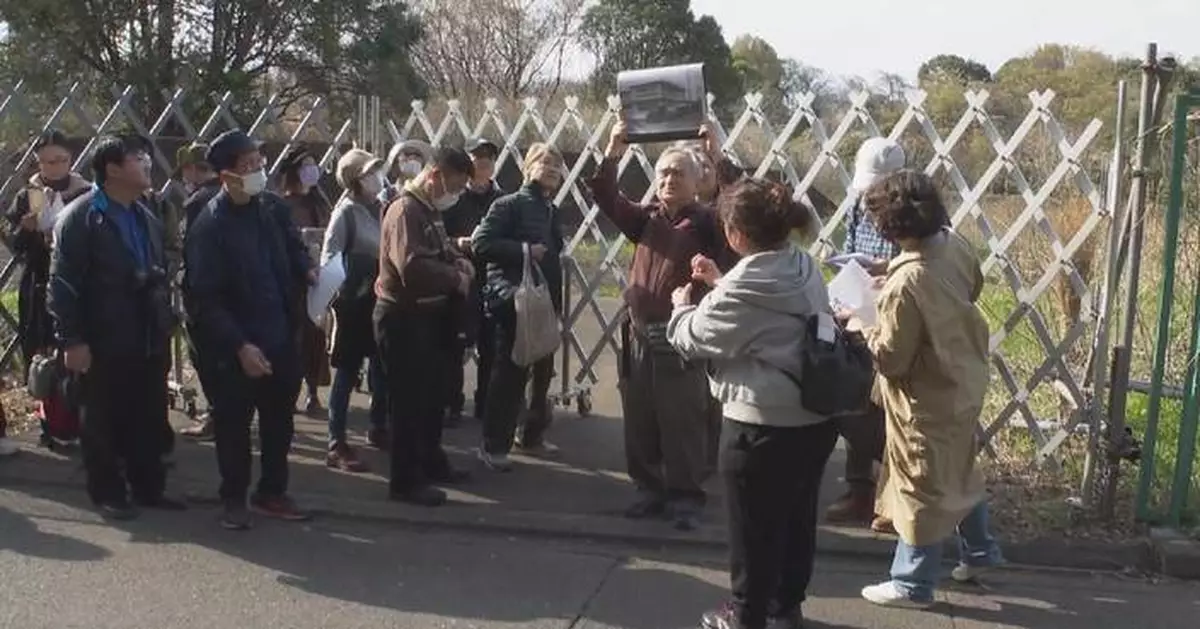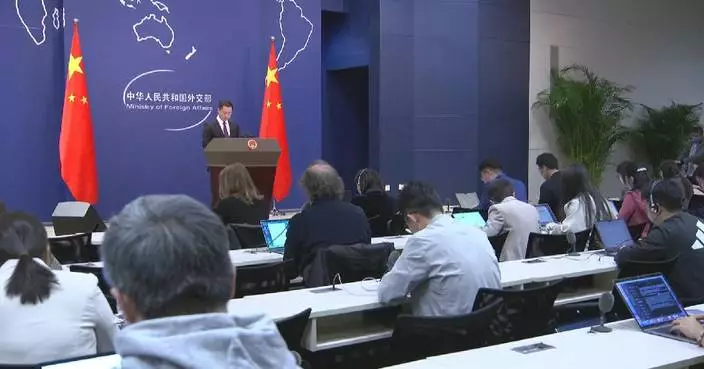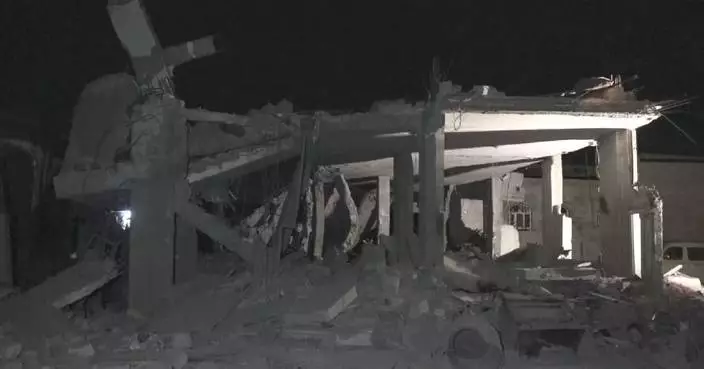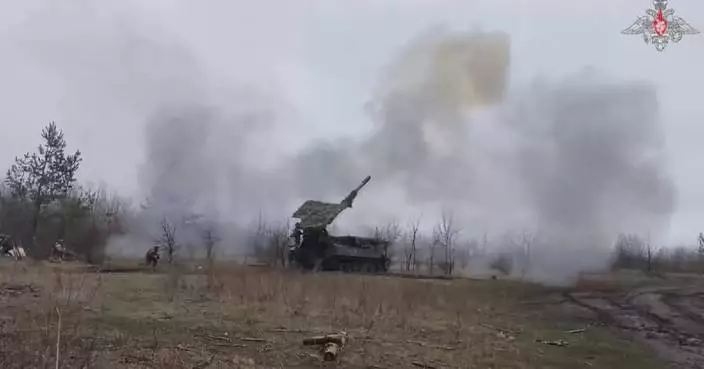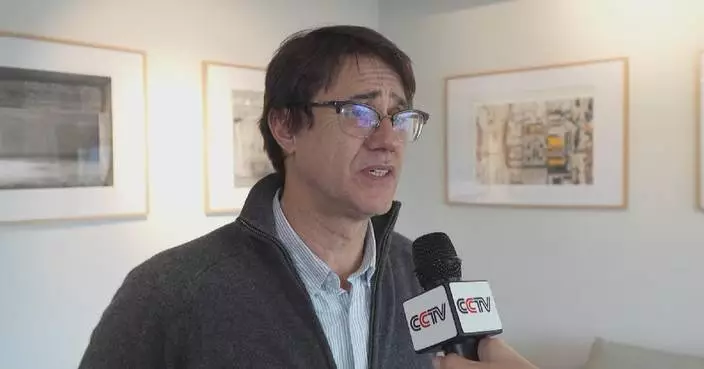A group of Japanese activists has held a rally at the former site of a WWII Japanese army medical school in Tokyo, urging the Japanese government to investigate whether the human bones found at the site are related to Japan's wartime atrocities.
On July 22, 1989, a large number of human bones were found at a construction site in Shinjuku Ward, Tokyo, where now sits the National Institute of Infectious Diseases.
The site was previously home to a medical school and an epidemic prevention institute operated by the Imperial Japanese Army, and it was believed to have been the headquarters of Unit 731, the notorious Japanese germ warfare army during World War II.
In 1990, the Association Demanding Investigation on Human Bones Discovered from the Site of the Army Medical College was established to uncover the truth behind the bones and to return the remains to the families of the deceased.
The association says it has gathered sufficient evidence to prove that the human bones are related to Unit 731's human body experiments.
"According to an official statement, the bones belong to 62 individuals, though the actual number could be higher. Injuries caused by knives can be traced on the skulls. There are also traces of injuries caused by blunt force trauma. Additionally, bullet holes were also found on the skulls," said Torii Yasushi, president of the association.
In 2001, the Japanese Ministry of Health, Labor and Welfare released an investigation report stating that the bones discovered in Shinjuku Ward were human specimens. However, the ministry denied that the bones belong to foreign nationals based on relevant testimonies, stating that it cannot confirm that the bones are related to Unit 731.
Criticizing the government for relying solely on testimonies without factual evidence, the activists urged the government to launch a more thorough investigation.
"We went to the Ministry of Health, Labor and Welfare once again on March 25 to request a thorough investigation. However, the ministry responded that they will not launch any investigation as they have not confirmed that those bones are related to Unit 731. We believe, however, our government should thoroughly investigate the origin of these bones because it is the right course of action," said Yoshida Mamoru, a member of the association.
In addition to demanding an investigation, members of the association have also expressed the belief that the crimes committed by Japan during World War II should not be concealed so that the younger generations can see the true facades of the history, which will help the nation reflect on its past and pursue a pacifist agenda.
"Many historical truths have been concealed from people like us in Japan. I used to believe what I was taught in school about the war, who should be held accountable in the war, and the so called historical facts. However, as I grew up and learned about the experiences of those who survived the war, I realized that much of what we learned in school contradicts the truth. We hope to uncover the real history," said Murata Mayumi, a local resident.
"The human bones issue is not the only one [to be denied]. The Japanese government has largely refused to admit the atrocities it committed during the war, particularly those related to Unit 731. It admits the unit's existence, but has never admitted its inhumane actions. Despite overwhelming evidence, the government still claimed that no proof has been found and tried to cover up the atrocities. I believe no genuine friendship between Japan and China can be established if Japan continues to deny the atrocities. The Japanese government should face the historical facts with the right attitude," said Torii Yasushi.
Unit 731 was a covert biological and chemical warfare research and development unit of the Imperial Japanese Army that engaged in lethal human experimentation and biological weapons manufacturing in China during World War II. The unit is estimated to have killed between 200,000 and 300,000 people. It was based in the Pingfang District of Harbin, the largest city in the Japanese puppet state of Manchukuo (now Northeast China, formerly named Manchuria) and had active branch offices throughout China and Southeast Asia.
Unit 731 was responsible for some of the most notorious war crimes committed by the Japanese aggressor troops. It routinely conducted tests on people who were dehumanized and internally referred to as "logs". Experiments included disease injections, controlled dehydration, biological weapons testing, hypobaric pressure chamber testing, vivisection, organ procurement, amputation, and standard weapons testing. Victims included not only kidnapped men, women (including pregnant women) and children but also babies born from the systemic rape perpetrated by the staff inside the compound.

Activists call for investigation over human bones related to Japan's wartime atrocities

Activists call for investigation over human bones related to Japan's wartime atrocities


